Let’s talk STEM!
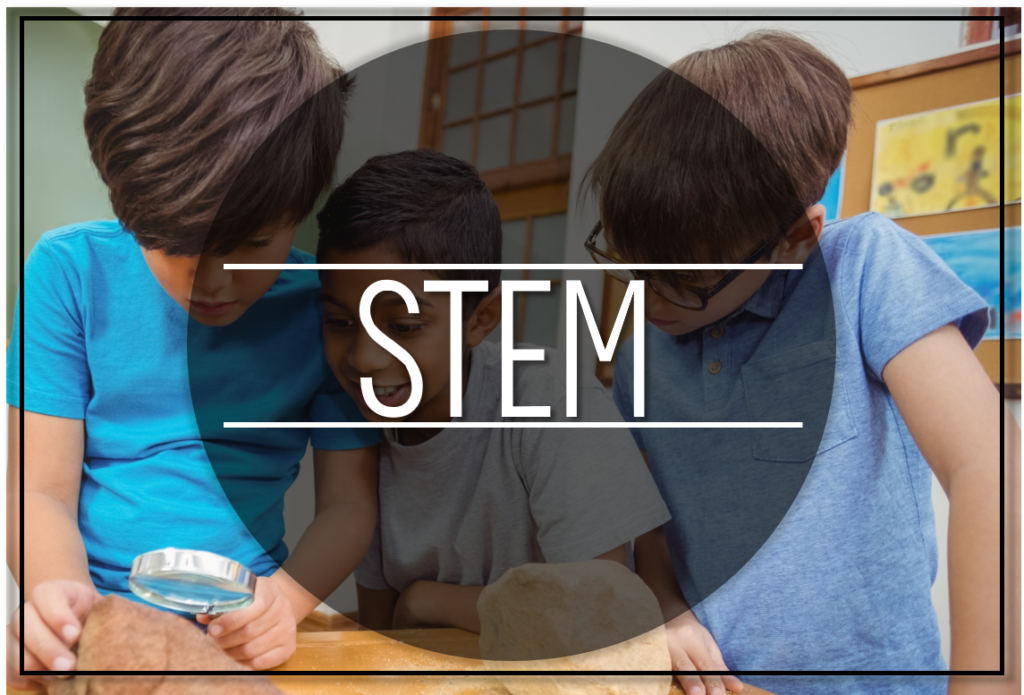
Hey all! Thanks for stopping by today to read all about STEM! You’ve heard the word and most likely tried out a few STEM projects of your own! I’m super excited to share more about my Kinder/Firstie STEM curriculum! Let’s get started with a little, “Why are we teaching STEM?”
Why STEM is important:
According to the U.S. Department of Education, all STEM jobs in the U.S. will increase 14 percent from 2010-2020, accounting for millions of positions. Yet many will go unfilled, as students are not prepared for an occupation in this field. We can change this, we must change this.
Using a STEM approach in teaching allows students to apply learning that occurred in the four subject areas to a real life problem given by the teacher. Students are able to problem solve in a way that the typical classroom learning does not allow. STEM capitalizes on students’ interests and experiences, builds on what they know and have just learned, and provides them an opportunity to take chances and engage in learning in a different way. Using a STEM model prepares students to investigate questions they have about the world they live in and gives them the tools to solve daily problems they encounter. A STEM enriched classroom sounds different as well; students are conversing, sharing ideas, discussing possibilities, and using learned vocabulary as they experiment together.
As educators, our job is to teach, create compelling learning environments that foster learning for our students, and prepare them to be college, career, and life ready. The use of vocabulary, hands on approach, and collaboration that occurs during these STEM lessons amazes me as a teacher. Some of my students who struggle with reading or math facts excel in STEM lessons. Their confidence builds as their team listens to their ideas; they feel valued and a part of the learning in a way they never have before. These students find new interests, strengths, and set new goals for their future. I learn more about my students while observing them solve problems in a STEM setting then I do in any other situation in the classroom.
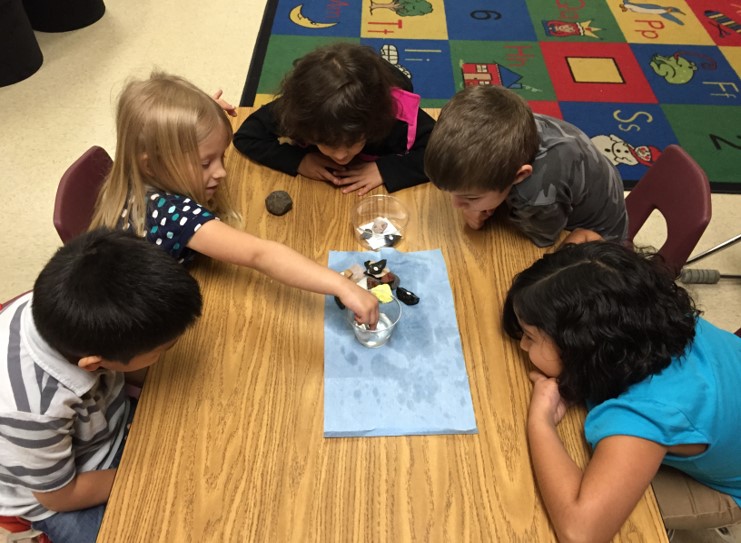
What is STEM?:
STEM is the integration (not singular practice) of Science, Technology, Engineering, and Math in an active environment that focuses on student-centered learning. Students are engaged in discovering problems, questioning, problem solving, collaborating, and hands on activities while they face real world issues. Students are encouraged to approach the problem based upon their previous learning. Everyone’s voice matters, all ideas matter and are discussed and attempted. Students evaluate their approach and solution throughout the STEM activity and improve their design as they build and experiment. Teachers are facilitators of thinking and guide students through the problem solving experience.
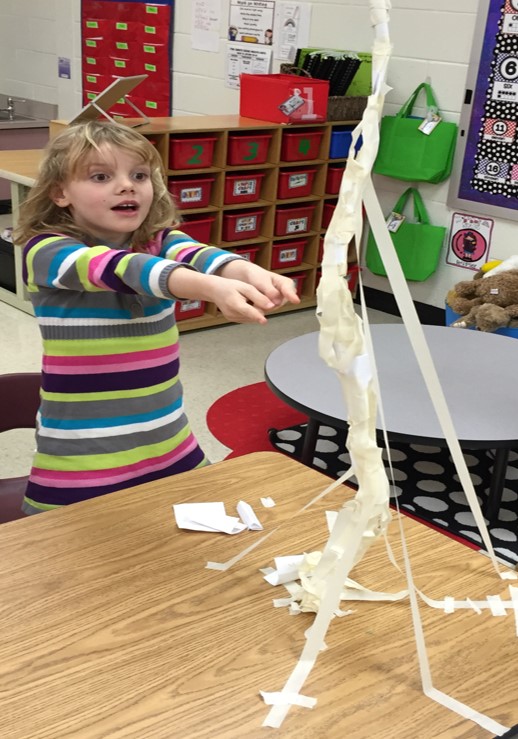
Below is a closer and detailed look at each of my STEM units!
Overview of Units:
Gravity and Motion- During this unit of study, the students will explore motion through understandings of the effects of push, pull, gravity, and force on objects. The student engineers will use the knowledge they gained from this unit to create ramps and tracks. Students will be presented with a problem, imagine the possibilities to create a structure, plan the resources they will use, and create a track together in a small group. By the end of this unit, students will understand the STEM design loop and will be able to communicate their understanding of the effects of motion and gravity on an object.
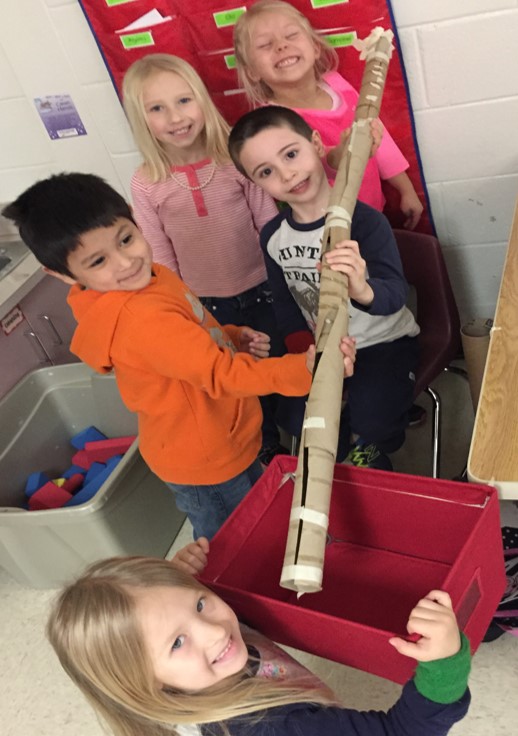
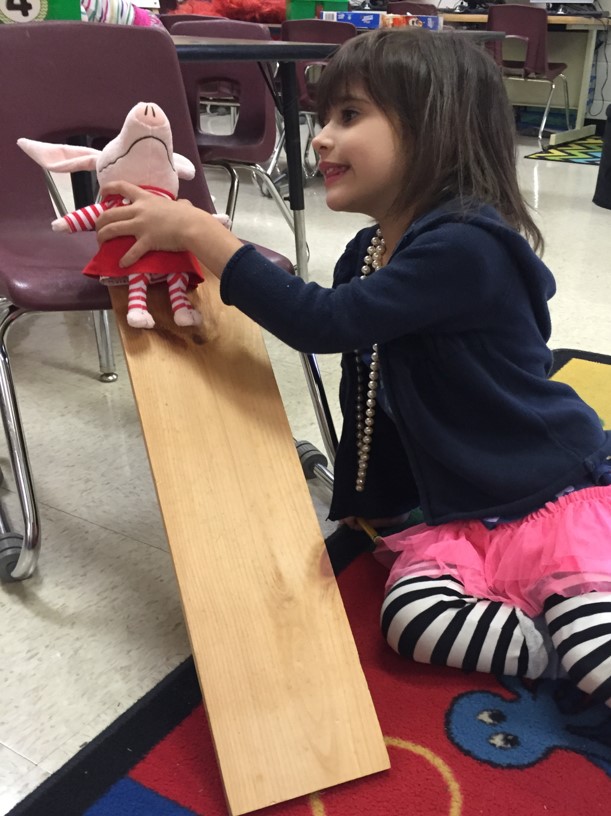
Rocks and Soil- During this unit of study, the students will explore rocks and soil through understandings of weathering, erosion, comparing, contrasting, sorting, using their senses to observe and building their understanding of how rocks and soil effect the world around them. The student engineers will use the knowledge they gained from this unit to create sifters to help sort rocks and soil.
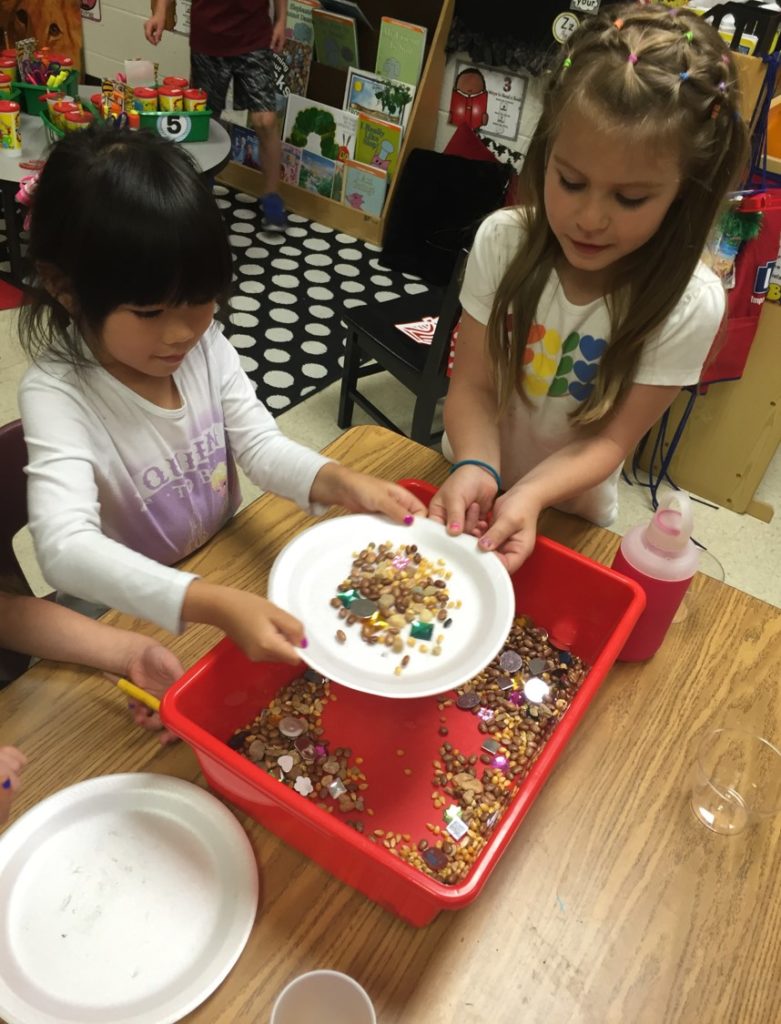
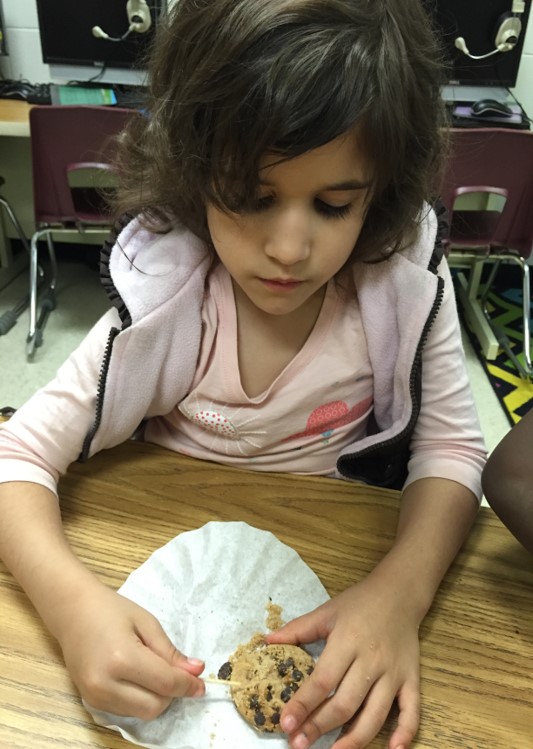
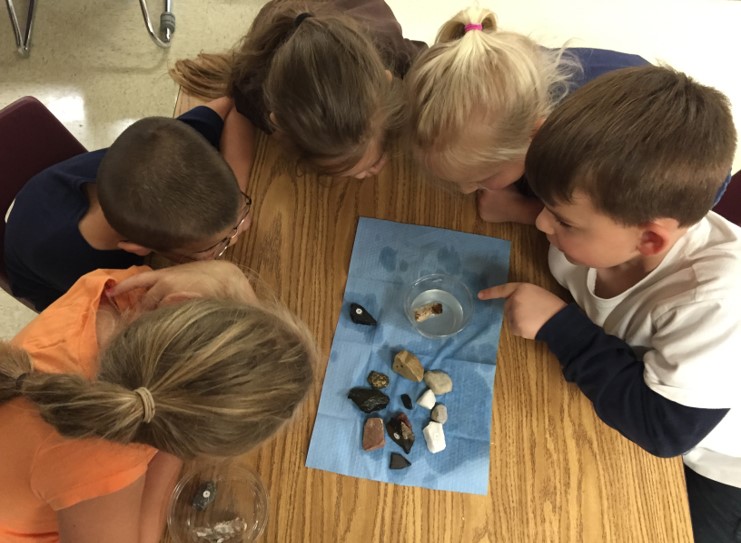
Changes in Water- Students will identify and experiment with the water cycle, different stages of water (solid, liquid, gas) and weight of water before and after freezing. The student engineers will use the knowledge they have gained from this unit to create an icehouse. Once the icehouse is made from various materials, each team of engineers will test their icehouses to see if it slows the rate of ice melting compared the uncovered ice cube (constant). This design challenge will allow the students to investigate and demonstrate their understanding of the basic properties of frozen and liquid water.
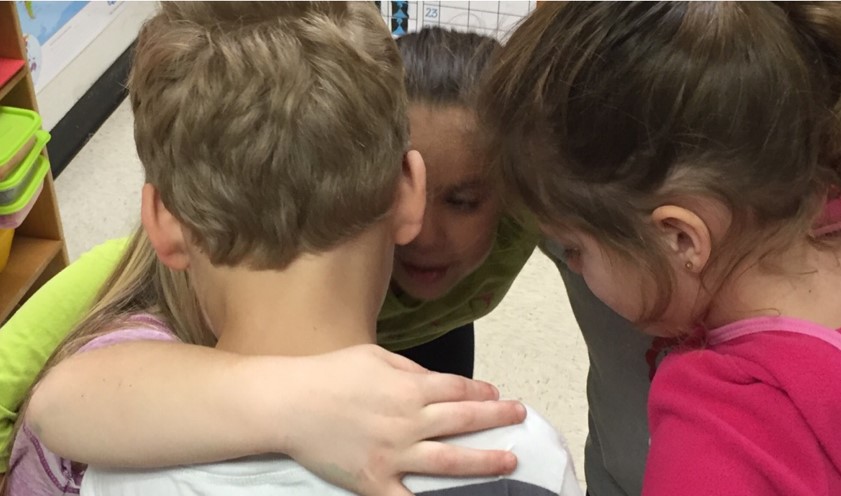
Plant and Animal Needs- In this STEM unit, student will be learning all about the basic needs of plants and animals, will be able to identify plant parts, and will be able to compare and describe various animals. Students will create a habitat for a rainforest animal that will meet their basic needs based on classroom learning.
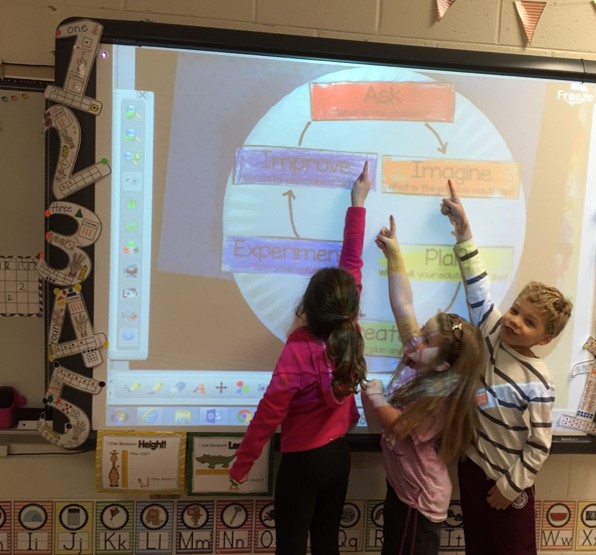
States of Matter-During this unit, the students will identify and experiment with the properties of solids, liquids, and gases. In addition, students will explore the various types of physical changes. The student engineers will use the knowledge they gained from this unit to create play dough.
Each of the units also contain the STEM overview document, unit overview and SUPPLY LISTS! Please note that these STEM utilize common household and classroom items. There are small parent request notes that can be sent home if you choose to do so!
If you’re interested in the bundle, you can view it on TPT! Please note that my Kinder and Firstie units are simply “rebranded” so that your first grade papers don’t say kinder and firstie papers say kinder. No matter what bundle you purchase (Kinder or Firstie) you still get the other grades’ units! I have included that bundle of units and inside the zipped folder is the other grades as well so you can access both at anytime!
Click HERE or the image below to view the bundle on TPT!
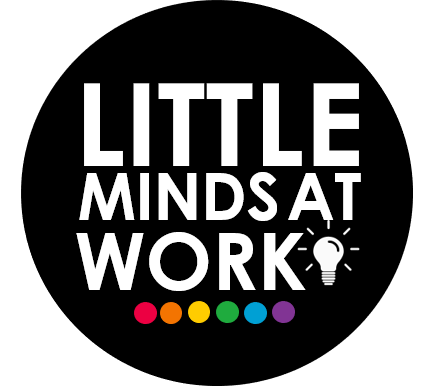
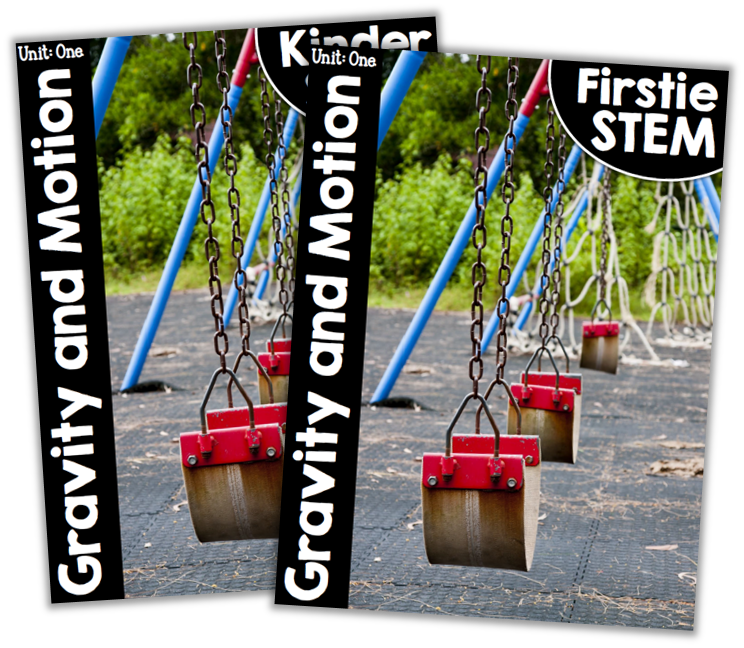
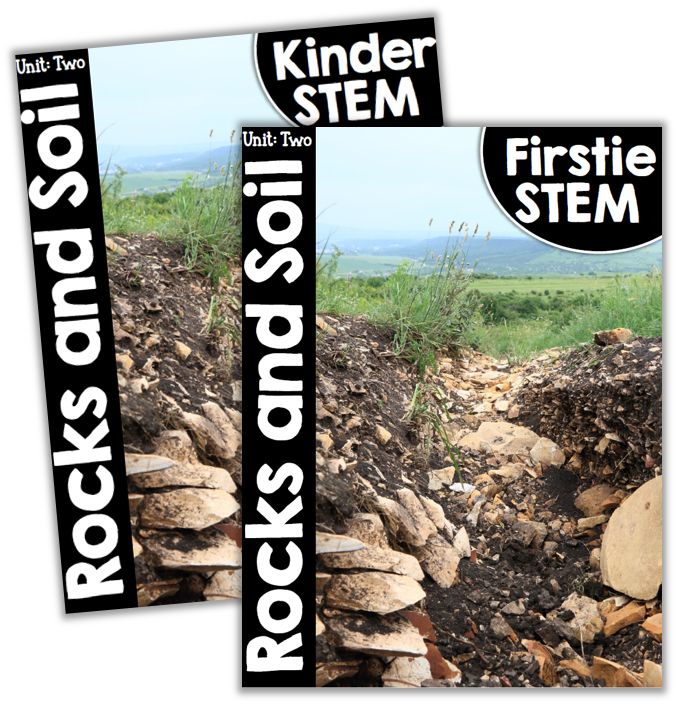
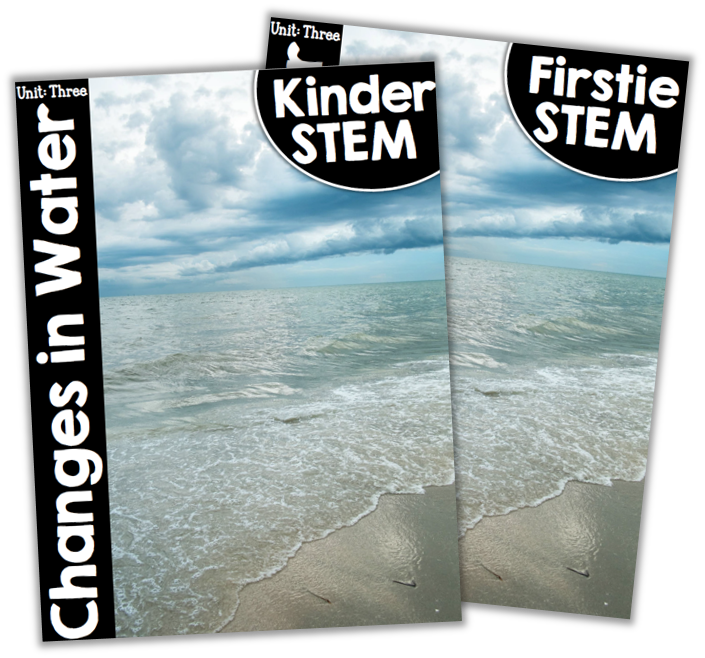
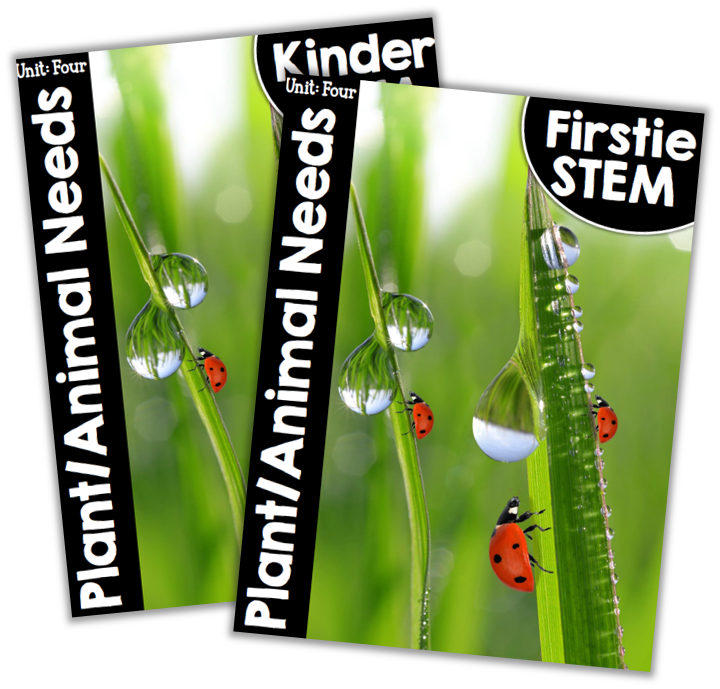
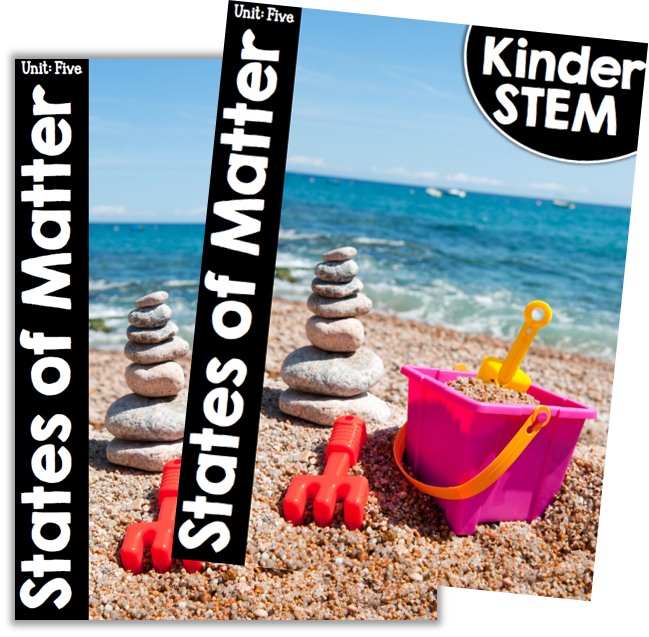
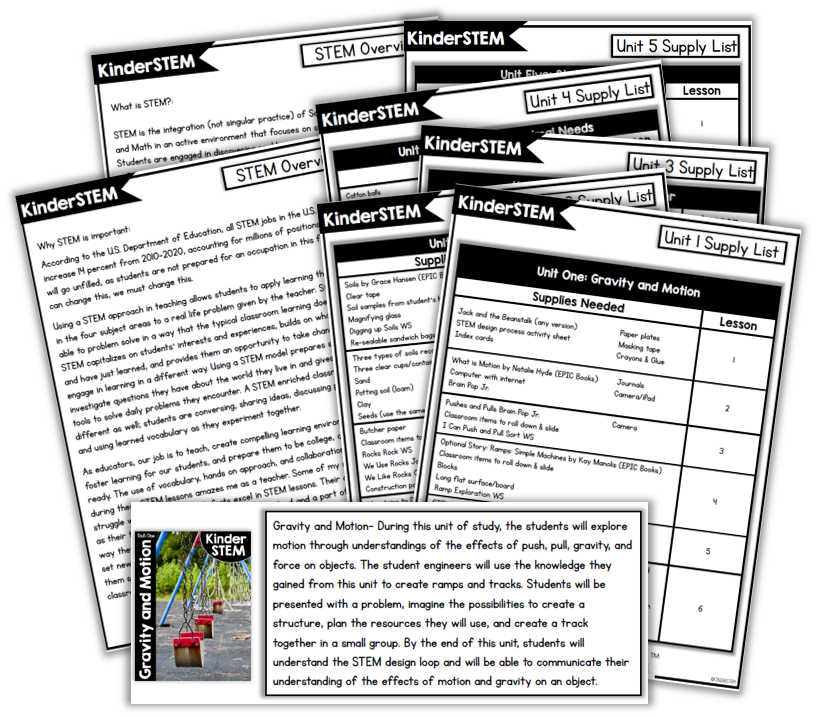
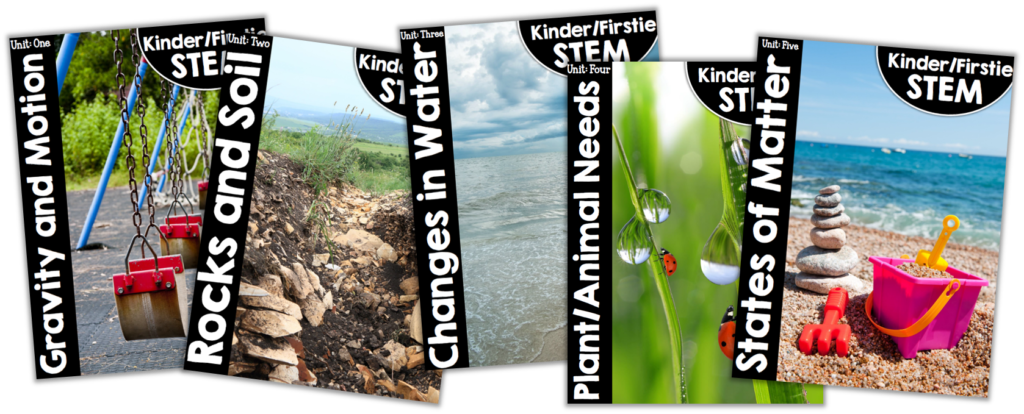
Love this….will you be making one for second grade?
I sure hope to 🙂
Tara
Do you have a STEM unit for first grade by itself? The one that is pulling up on TPT says KInder/Firstie.
It’s this link for firstie! They are the same units- just one says “kinder” on all the pages and one says “firstie”. I wanted to be able to offer both so you don’t have to use worksheets that say “kinder” 🙂
Tara
https://www.teacherspayteachers.com/Product/FirstieKinderSTEM-Curriculum-Bundle-2644042
Are the STEM units available individually or only as a set?